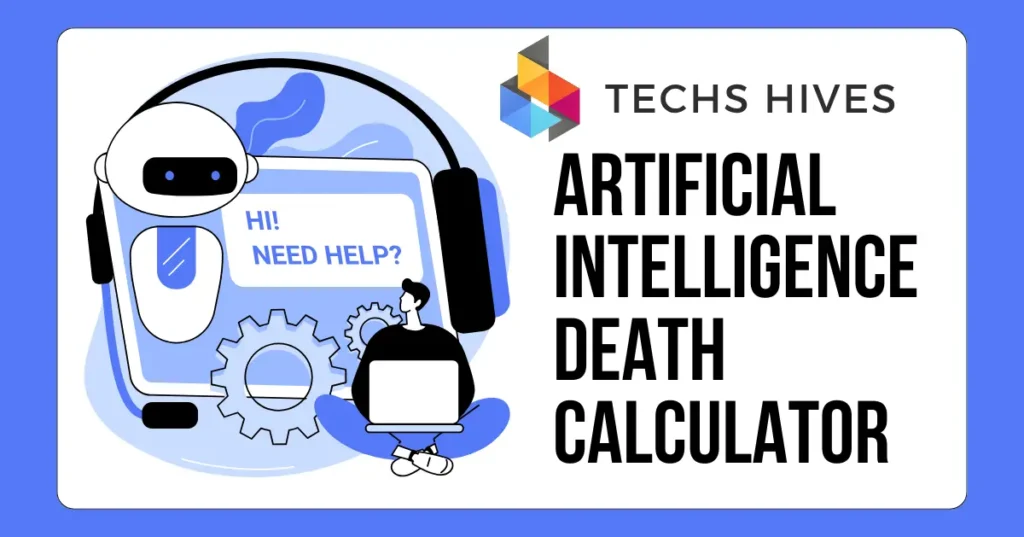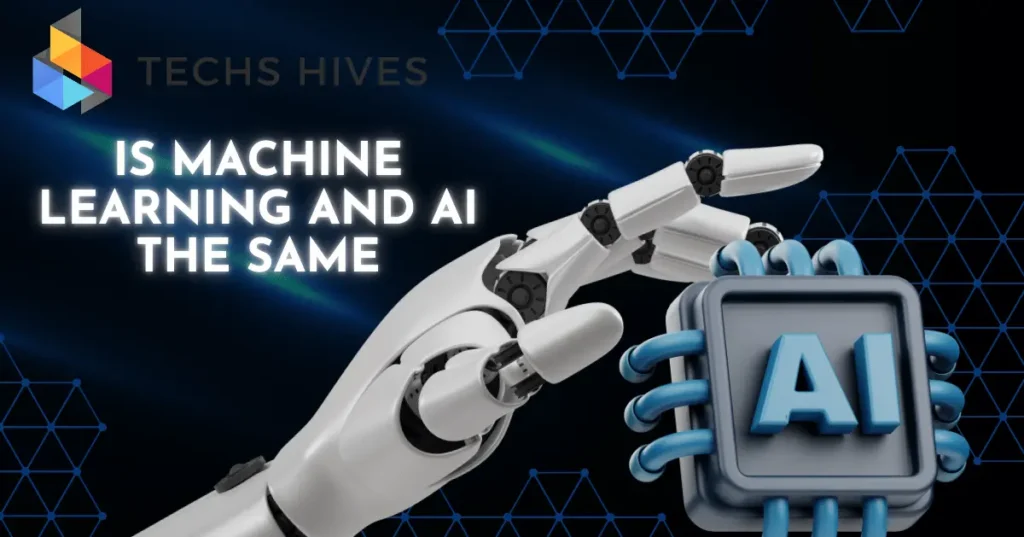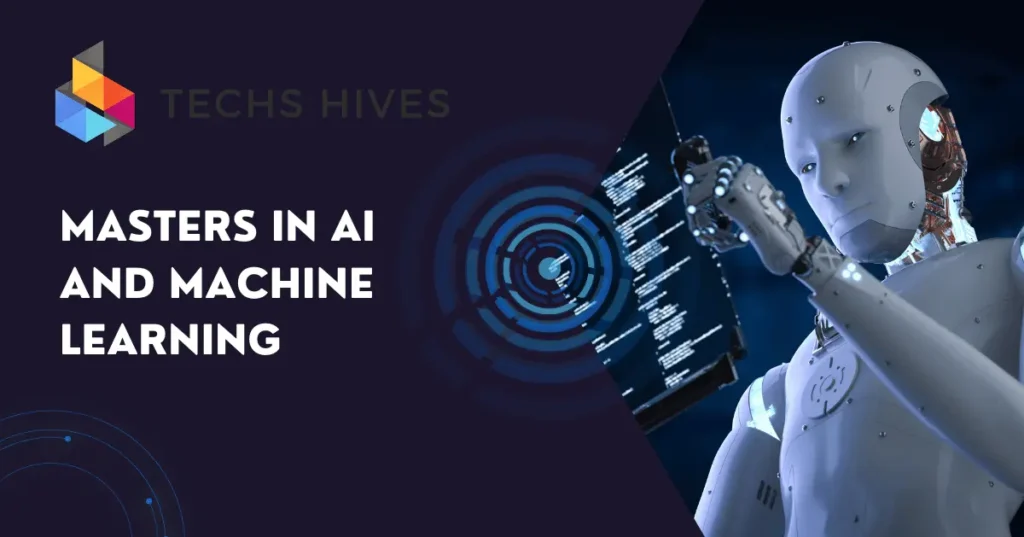Artificial intelligence (AI) is a technology that allows machines to learn and make decisions like humans. It uses data and algorithms to recognize patterns and solve problems. AI is becoming important in many fields, including healthcare, finance, and transportation. Its ability to analyze large amounts of data quickly makes it valuable for predicting outcomes and improving efficiency.
The AI Death Calculator aims to estimate a person’s lifespan based on various factors. It uses data such as age, health status, and lifestyle choices to make predictions. People may use this tool to understand potential health risks and make informed decisions about their lives. While the calculator can provide insights, it is not a guarantee of how long someone will live.
Table of Contents
What is an AI Death Calculator?
An AI Death Calculator is a tool designed to estimate a person’s lifespan using artificial intelligence. It collects information about the user, such as age, gender, health conditions, lifestyle choices, and family medical history. By analyzing this data, the calculator identifies patterns and predicts potential health outcomes.
These calculators use advanced algorithms and machine learning techniques to assess risk factors. They can provide valuable insights into a person’s health and longevity. Users can gain a better understanding of how their habits may impact their lifespan.
However, it is essential to remember that the predictions from an AI Death Calculator are not guarantees. They offer estimates based on statistical data and trends. The tool is meant to encourage individuals to reflect on their health and lifestyle choices rather than to predict the exact time of death.
How Does the AI Death Calculator Work
Data Collection
The AI Death Calculator begins by gathering various data points related to an individual’s health and lifestyle. Users provide information such as their age, gender, medical history, lifestyle habits (like diet and exercise), and any existing health conditions. This data serves as the foundation for the calculator’s predictions.
Data Analysis
Once the data is entered, the calculator employs algorithms to analyze the information. It uses machine learning techniques to identify patterns and correlations between the input data and health outcomes. The AI model is trained on large datasets, allowing it to make educated estimates about a person’s lifespan based on similar cases.
Prediction Generation
After analyzing the data, the calculator produces a lifespan estimate. It also provides insights into potential health risks based on the user’s profile. This information helps users understand how different factors may affect their longevity.
Limitations of Predictions
While the AI Death Calculator can offer valuable information, it’s essential to remember that these predictions are based on statistical trends and cannot guarantee exact outcomes. The estimates are not definitive, but rather educated guesses based on the input data.
Applications of AI Death Calculators
Healthcare and Medical Research
AI Death Calculators are valuable tools in healthcare and medical research. They can help doctors and researchers identify risk factors associated with various health conditions. By analyzing large datasets, these calculators provide insights that can lead to better preventive measures and treatments. They help in understanding trends related to longevity and health outcomes in different populations.
Personal Use and Decision-Making
Individuals can use AI Death Calculators to gain insights into their potential lifespan and health risks. This information can influence personal decisions regarding lifestyle changes, such as diet and exercise. Users may be motivated to adopt healthier habits or seek medical advice based on their results. The calculator can serve as a guide for making informed choices about health and wellness.
Insurance and Financial Planning
Insurance companies can utilize AI Death Calculators to assess risks when underwriting policies. By understanding a person’s predicted lifespan, insurers can offer tailored products and premiums. Similarly, individuals can use the information for financial planning, ensuring they have adequate resources for their retirement and healthcare needs.
Public Health Initiatives
Public health organizations can leverage AI Death Calculators to analyze population health trends. By understanding the factors that influence longevity, these organizations can design targeted interventions and awareness campaigns. The insights gained can help address health disparities and improve overall community health outcomes.
Limitations of AI Death Calculators
Accuracy and Reliability Issues
One major limitation of AI Death Calculators is their accuracy and reliability. These calculators rely on statistical models and historical data, which may not always apply to every individual. The predictions are based on trends observed in large populations, but personal health can vary significantly. Factors like unique medical conditions, lifestyle choices, and environmental influences can lead to inaccurate estimates.
Potential Biases in Data
AI Death Calculators may also reflect biases present in the data used to train them. If the underlying datasets lack diversity or do not represent various demographics accurately, the predictions could be skewed. This can result in certain groups being overrepresented or underrepresented in the outcomes, leading to unfair or misleading assessments.
Simplification of Complex Factors
Another limitation is the oversimplification of complex health factors. Lifespan is influenced by numerous variables, including genetics, social determinants, and mental health, which may not be fully accounted for in the calculator. Reducing such complexities to a few input variables may not provide a complete picture of an individual’s health.
Emotional Impact on Users
Using an AI Death Calculator can also have emotional implications for users. The results may cause anxiety or distress, especially if the predictions suggest a shorter lifespan. This psychological impact can affect mental health and overall well-being, leading some individuals to make drastic changes based on potentially inaccurate predictions.
Future of AI in Predictive Analytics
Advancements in Machine Learning
The future of AI in predictive analytics is closely tied to advancements in machine learning technologies. As algorithms become more sophisticated, AI will be able to analyze larger and more complex datasets with greater accuracy. This will enhance the ability to make precise predictions across various domains, including healthcare, finance, and marketing.
Improved Personalization
AI-driven predictive analytics will lead to improved personalization in services and products. By analyzing individual behaviors and preferences, businesses will be able to tailor their offerings more effectively. For instance, in healthcare, personalized treatment plans could be developed based on predictive models that consider a patient’s unique health profile, leading to better outcomes.
Real-Time Data Analysis
The integration of real-time data analysis will also play a significant role in the future of AI predictive analytics. With the rise of the Internet of Things (IoT), vast amounts of data will be generated continuously. AI will leverage this data to provide immediate insights, allowing for timely decision-making in various sectors, such as emergency response, supply chain management, and customer service.
Enhanced Decision-Making
AI in predictive analytics will facilitate enhanced decision-making processes. Businesses and organizations will increasingly rely on AI-generated insights to inform strategic choices. This shift will empower stakeholders to base their decisions on data-driven evidence rather than intuition alone, potentially leading to more successful outcomes.
Conclusion
The Artificial Intelligence Death Calculator is a tool that offers insights into potential lifespan based on various health and lifestyle factors. By analyzing data such as age, medical history, and habits, it provides estimates that can help individuals understand their health risks. While this tool can encourage better lifestyle choices, it is essential to remember that its predictions are not guaranteed. They are based on statistical trends and may not apply to everyone.
As AI technology continues to advance, the accuracy and applications of death calculators will improve. However, users should approach the results with caution and consider them as a guide rather than a definitive answer. Understanding the limitations and ethical implications of these tools is crucial.



